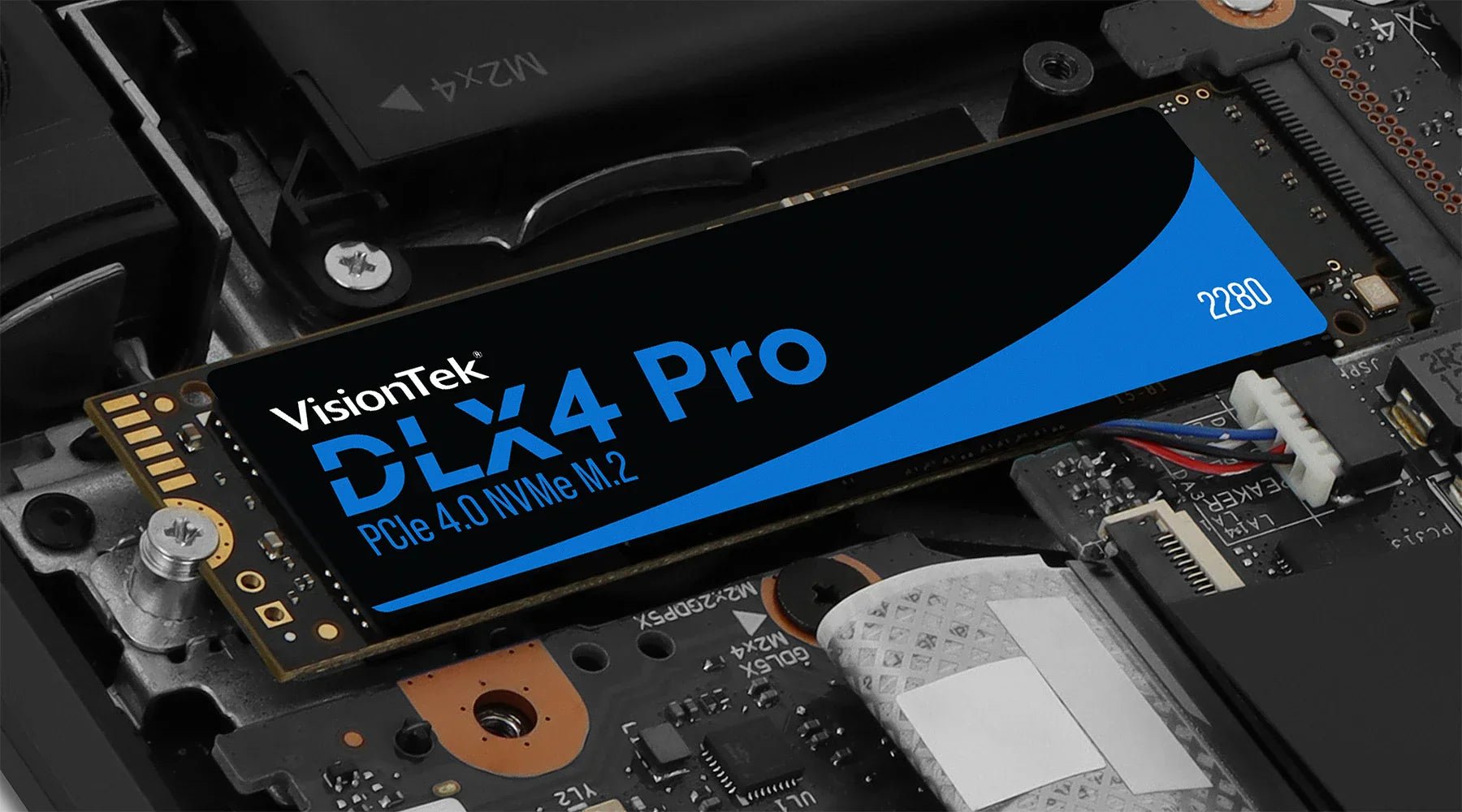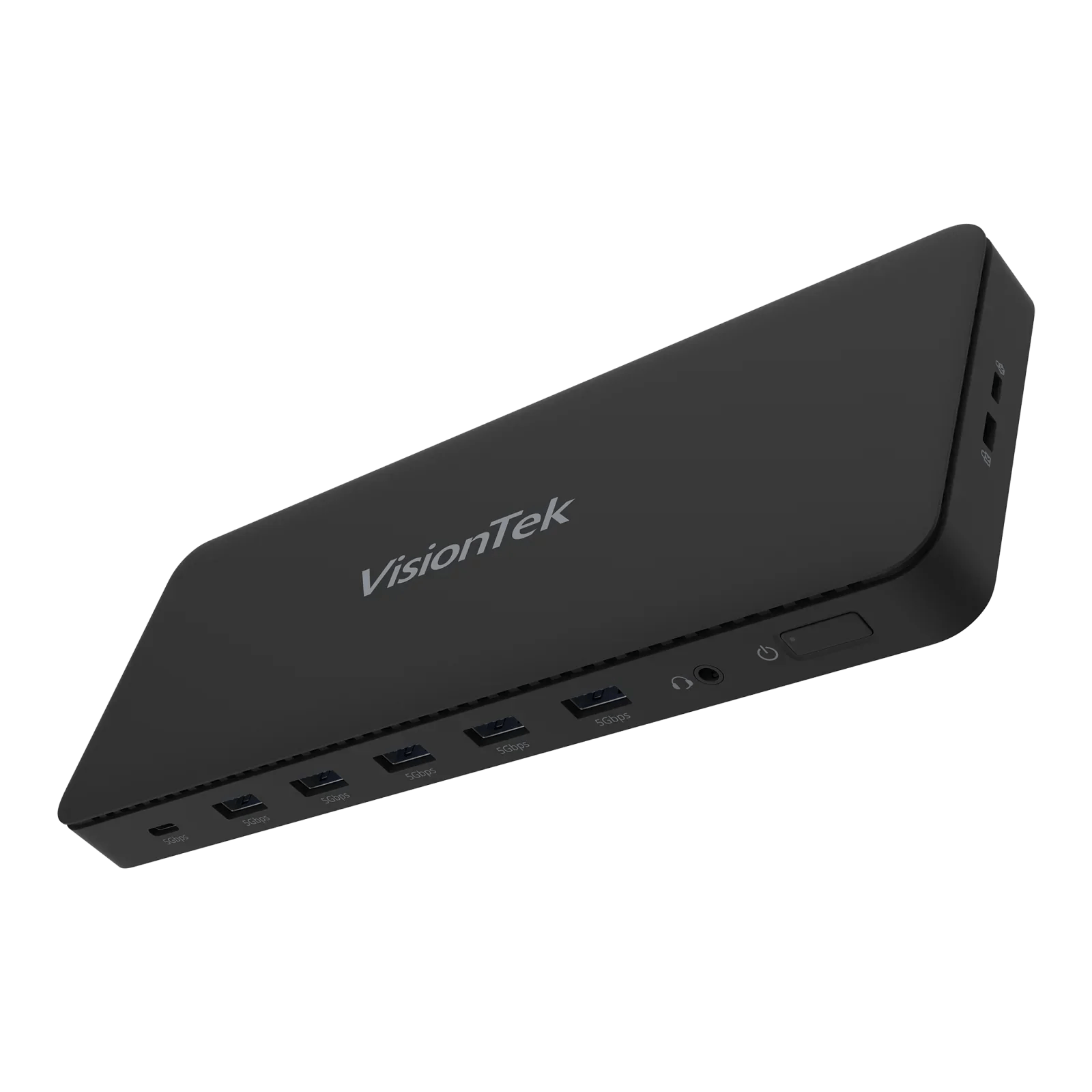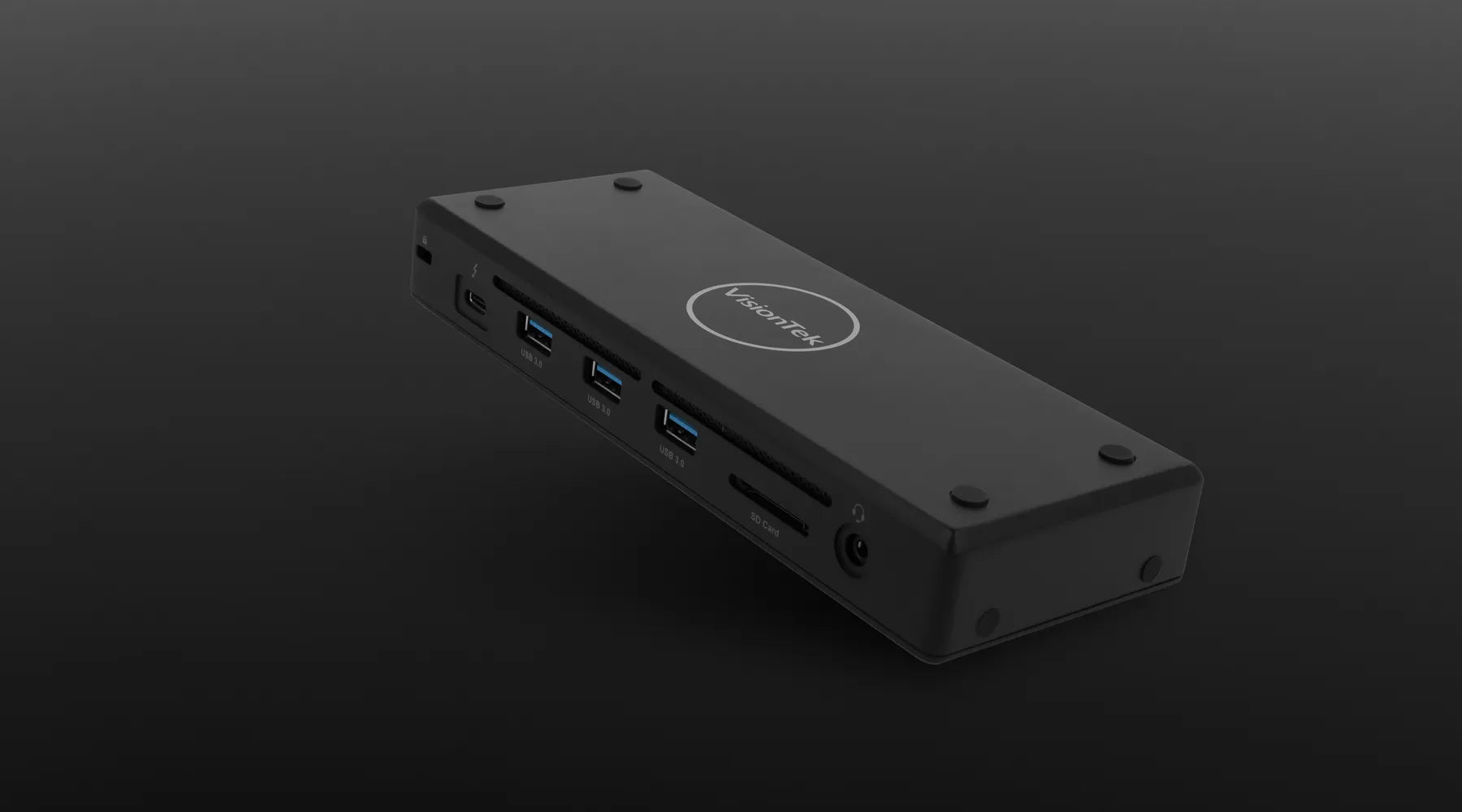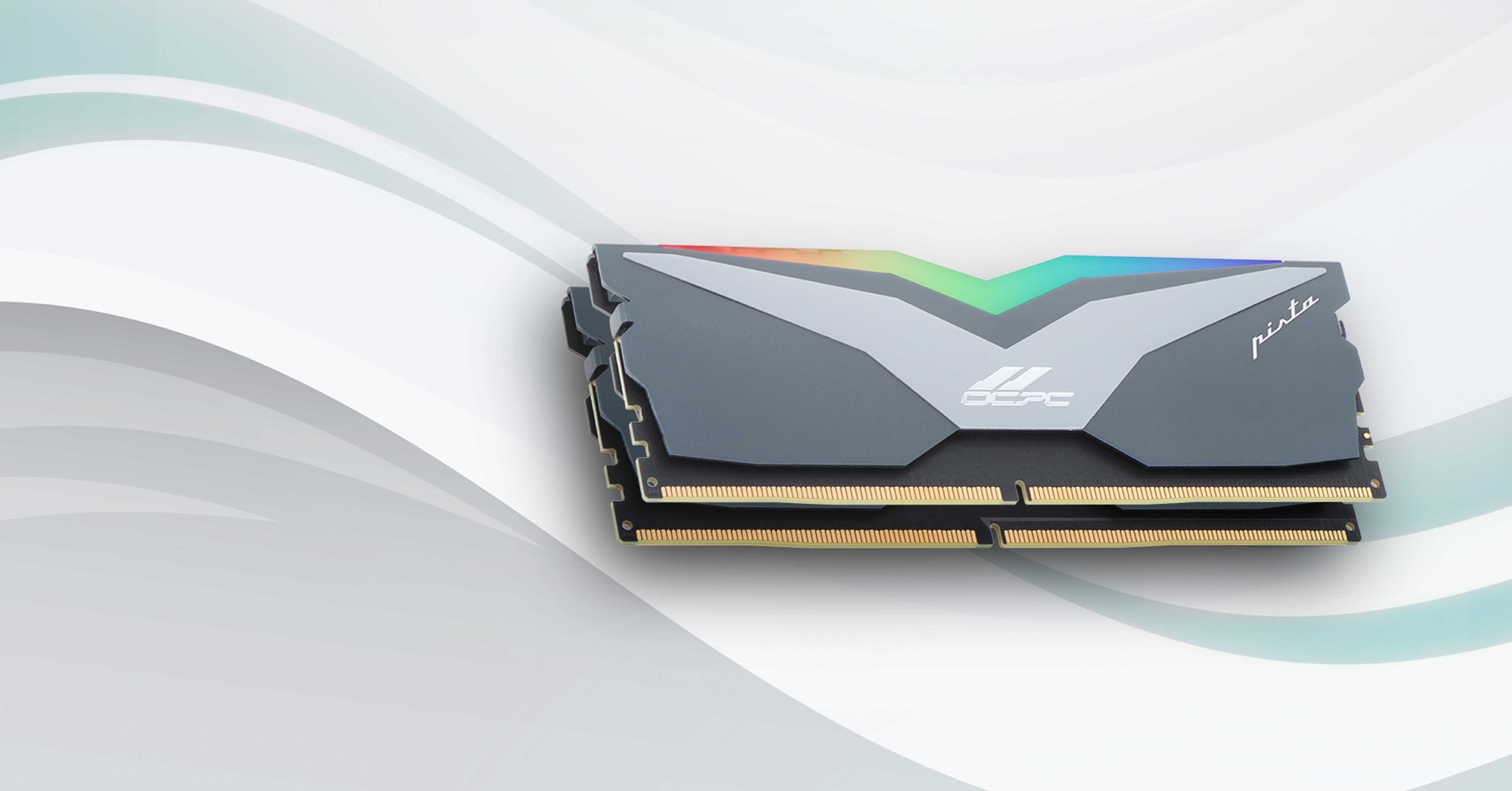As technology evolves, so do the components that power our computers. One of the most critical elements that impact system performance is memory—commonly known as RAM (Random Access Memory). The speed and efficiency of your RAM can significantly influence how well your computer runs various applications, especially in high-performance computing tasks such as content creation, scientific simulations, programming, and gaming.
When it comes to system memory, DDR4 has been the standard for several years, providing reliable performance in a wide range of devices. However, the next-generation DDR5 is gaining momentum as it offers substantial improvements over its predecessor. But how much of a difference does it really make, and is it worth upgrading? In this blog, we’ll break down the differences between DDR4 and DDR5, examining key areas like speed, power efficiency, and overall performance.
What is DDR Memory?
Before diving into the comparison, it’s helpful to understand what DDR memory is and why it’s important. DDR stands for "Double Data Rate," which refers to the way memory modules transfer data. Unlike Single Data Rate (SDR) memory, DDR transfers data on both the rising and falling edges of the clock signal, effectively doubling the data throughput. This evolution has been occurring since DDR1, with each subsequent generation—DDR2, DDR3, DDR4, and now DDR5—offering faster speeds and improved efficiency.
Why DDR4 Became the Standard
Released in 2014, DDR4 became the memory standard for most computers, from everyday consumer PCs to high-performance gaming rigs and workstations. The popularity of DDR4 stems from its ability to provide higher data transfer rates while maintaining relatively low power consumption compared to its predecessors.
1. Speed
DDR4 operates at data rates ranging from 1600 MT/s (megatransfers per second) to 3200 MT/s, with higher-end modules reaching over 5000 MT/s in some extreme configurations. This was a significant leap over DDR3, making DDR4 suitable for more demanding applications.
2. Capacity
DDR4 also introduced higher memory module capacities, allowing users to install up to 64GB per stick. This capability makes it easier to build systems that can handle massive workloads, such as video editing, 3D rendering, or running virtual machines.
3. Power Efficiency
Operating at 1.2V, DDR4 improved power efficiency, which is essential not just for desktop PCs but also for laptops and other mobile devices where battery life is a concern.
Despite these benefits, DDR4 is beginning to reach its technological limits, especially for users who need cutting-edge performance. This is where DDR5 comes in.
The Arrival of DDR5: What’s New?
DDR5, officially released in 2020, represents the next major leap in memory technology. It was developed to meet the increasing demand for faster, more efficient memory, especially in systems that perform memory-intensive tasks. While DDR5 is still comparatively new, it’s slowly becoming the go-to option for those looking to future-proof their computers.
1. Increased Bandwidth and Speed
DDR5 starts at data rates of 4800 MT/s, already significantly faster than the maximum speeds of standard DDR4 modules. High-end DDR5 kits are pushing speeds of 6000 MT/s and beyond, providing a substantial performance boost in applications that require quick data access, such as gaming, video editing, and scientific simulations.
More bandwidth means that DDR5 can handle more data at once, reducing latency and improving multitasking performance. This can make a noticeable difference when running memory-hungry applications, such as large datasets or multi-threaded workloads in a professional environment.
2. Higher Capacity Per Module
One of the standout features of DDR5 is its support for much larger memory capacities. While DDR4 modules max out at 64GB, DDR5 modules can theoretically reach up to 256GB per stick. This opens up a world of possibilities for future computing tasks, such as large-scale simulations, machine learning, and other applications that require enormous amounts of RAM.
For the average user, this may seem excessive today, but as software becomes more complex and resource-intensive, these capacities could become increasingly important.
3. Better Power Efficiency
DDR5 runs at a slightly lower voltage than DDR4—1.1V compared to 1.2V. While this may seem like a small change, it translates to better power efficiency, particularly in large server farms or data centers where energy costs are a significant concern. For consumers, the reduced power draw could extend battery life in laptops and reduce the heat generated by high-performance memory modules.
4. On-Die ECC (Error-Correcting Code)
While ECC memory (which can detect and correct memory errors) has traditionally been limited to specialized memory modules used in servers and workstations, DDR5 introduces a feature known as on-die ECC for all memory types. This helps ensure data integrity at higher speeds and capacities, making DDR5 more reliable, especially in high-stakes computing environments.
Integrating VisionTek Products
VisionTek is committed to providing high-quality, reliable, and affordable memory and storage solutions that cater to a wide range of user needs. Whether you are upgrading an older system with DDR3 memory, enhancing a modern setup with DDR4 or DDR5, or boosting your storage with an M.2 NVMe SSD, VisionTek has the right product for you.
Our products are designed to ensure compatibility, performance, and ease of installation, making them a hassle-free choice for both DIY enthusiasts and professional technicians. Additionally, VisionTek’s excellent customer support and comprehensive warranties provide peace of mind with every purchase.
When it comes to reliable and high-performance memory and SSDs, VisionTek offers a range of products that cater to various needs:
Performance Comparison: DDR4 vs. DDR5
Now that we’ve outlined the key differences between DDR4 and DDR5, it’s time to explore what these differences mean in practice. Here are the areas where you can expect to see the most noticeable improvements when upgrading to DDR5.
- Gaming: In gaming, the performance gains from DDR5 are dependent on the game and system configuration. Games that are heavily CPU-bound and require quick access to large datasets (like open-world games or simulations) are likely to see the biggest performance boost from DDR5. However, for most casual gamers, DDR4 still provides excellent performance, and the upgrade may not be immediately necessary.
- Content Creation: For tasks like 4K video editing, 3D rendering, and photo editing, DDR5’s increased bandwidth can significantly reduce rendering times and improve workflow efficiency. Creators who deal with large files and complex projects will benefit most from DDR5, especially when paired with a multi-core CPU and fast storage like an M.2 SSD.
- Programming: Programmers who work with memory-intensive applications, such as large-scale simulations, machine learning, or compiling large codebases, will notice improvements with DDR5. With the ability to handle greater memory throughput and larger datasets, DDR5 reduces compilation times and speeds up testing cycles, improving productivity, especially for developers in high-performance computing or AI development environments.
- Professional and Scientific Computing: DDR5 shines in professional environments where high memory bandwidth is crucial. Applications like artificial intelligence (AI), scientific simulations, and large-scale data processing can take full advantage of DDR5’s increased speeds and capacities. For these users, the upgrade from DDR4 to DDR5 could lead to massive performance improvements, particularly in tasks that involve handling large datasets.
Is it Worth Upgrading to DDR5?
Whether or not you should upgrade to DDR5 largely depends on your current system and your specific needs. If you’re building a new PC, especially one that you plan to use for several years, investing in DDR5 could be a smart move for future-proofing. The increased speed, capacity, and efficiency will provide noticeable benefits in demanding applications, and as DDR5 becomes more widely adopted, it’s likely that prices will come down and availability will improve.
However, if you’re currently running a system with DDR4 and are satisfied with its performance, there may not be an immediate need to upgrade. DDR4 is still more than capable of handling most modern tasks, and the performance gains from switching to DDR5 might not justify the cost for casual users or gamers.
Maximizing Storage with VisionTek M.2 NVMe SSDs
VisionTek DLX4 Pro M.2 NVMe SSD
For those seeking unparalleled speed and reliability in their storage solutions, the VisionTek DLX4 Pro M.2 SSD is an outstanding option. Featuring the latest PCIe Gen 4.0 x4 NVMe technology, this SSD delivers read speeds up to 5200MB/s and write speeds up to 4775MB/s, ensuring ultra-fast data transfer rates and reducing load times for applications and games. This makes it an ideal choice for gamers, content creators, and professionals who demand top-tier performance from their storage devices. By upgrading to the VisionTek DLX4 Pro, you can experience faster boot times, quicker file transfers, and a smoother overall computing experience.
Memory and SSD Solutions
DDR5 is the future of system memory, offering faster speeds, higher capacities, and better power efficiency than DDR4. For professionals working with resource-intensive applications or gamers looking to squeeze every ounce of performance out of their systems, DDR5 offers clear advantages. However, for those who are still satisfied with DDR4’s performance, there’s no rush to upgrade—DDR4 remains a reliable and capable option.
As technology continues to evolve, understanding the differences between memory types will help you make informed decisions about when and how to upgrade your system. Whether you stick with DDR4 or make the leap to DDR5, your choice of memory will play a significant role in shaping the performance and longevity of your PC.





Share:
Harnessing the Power of USB-C Technology with Peripheral Solutions
Essential Travel Accessories to Keep Your Workstation Portable and Productive